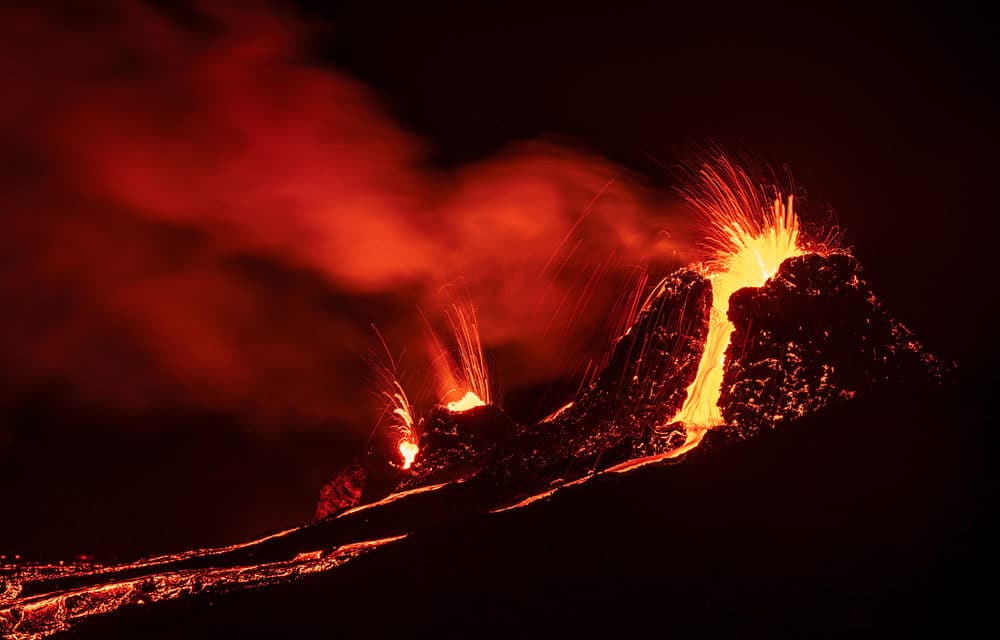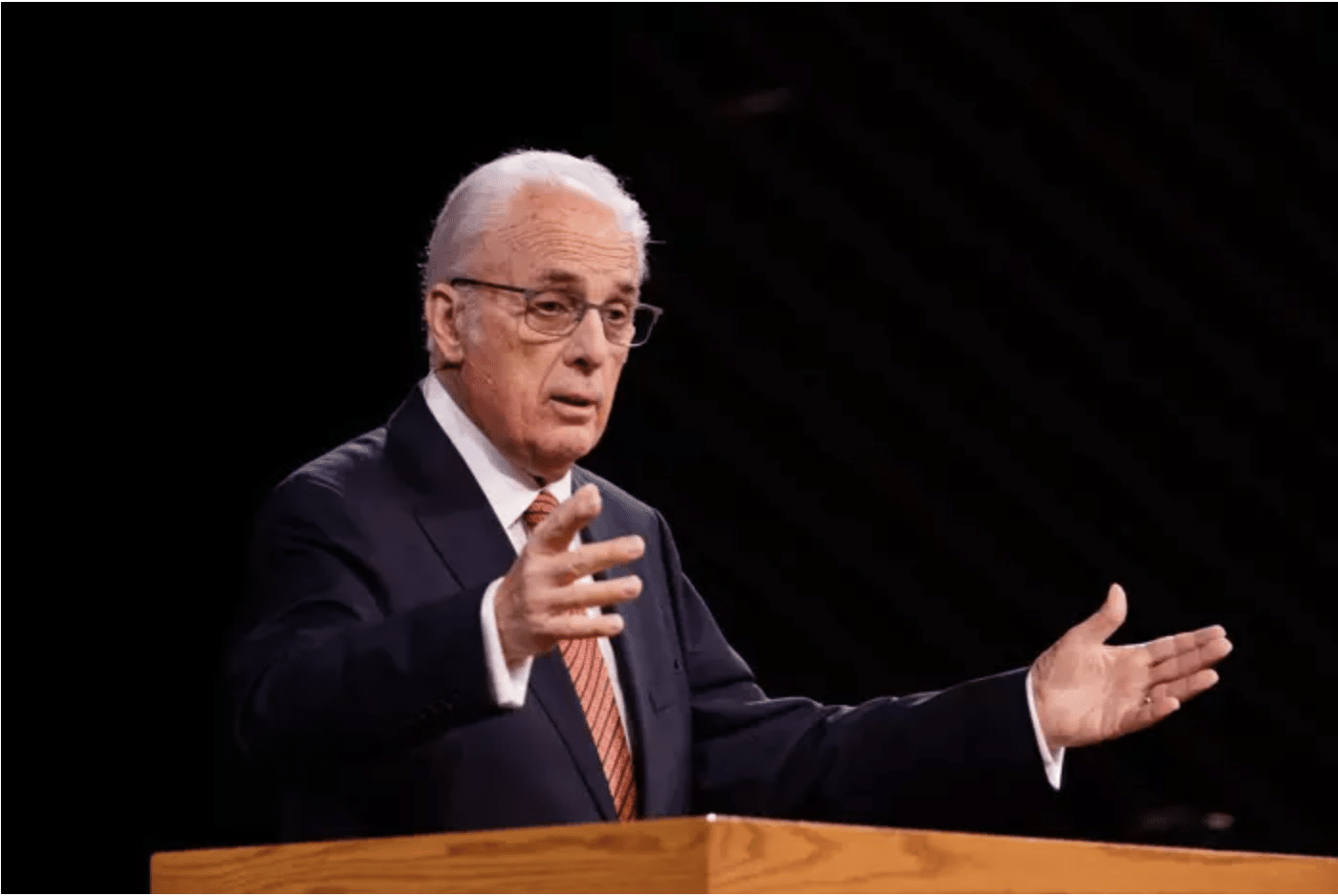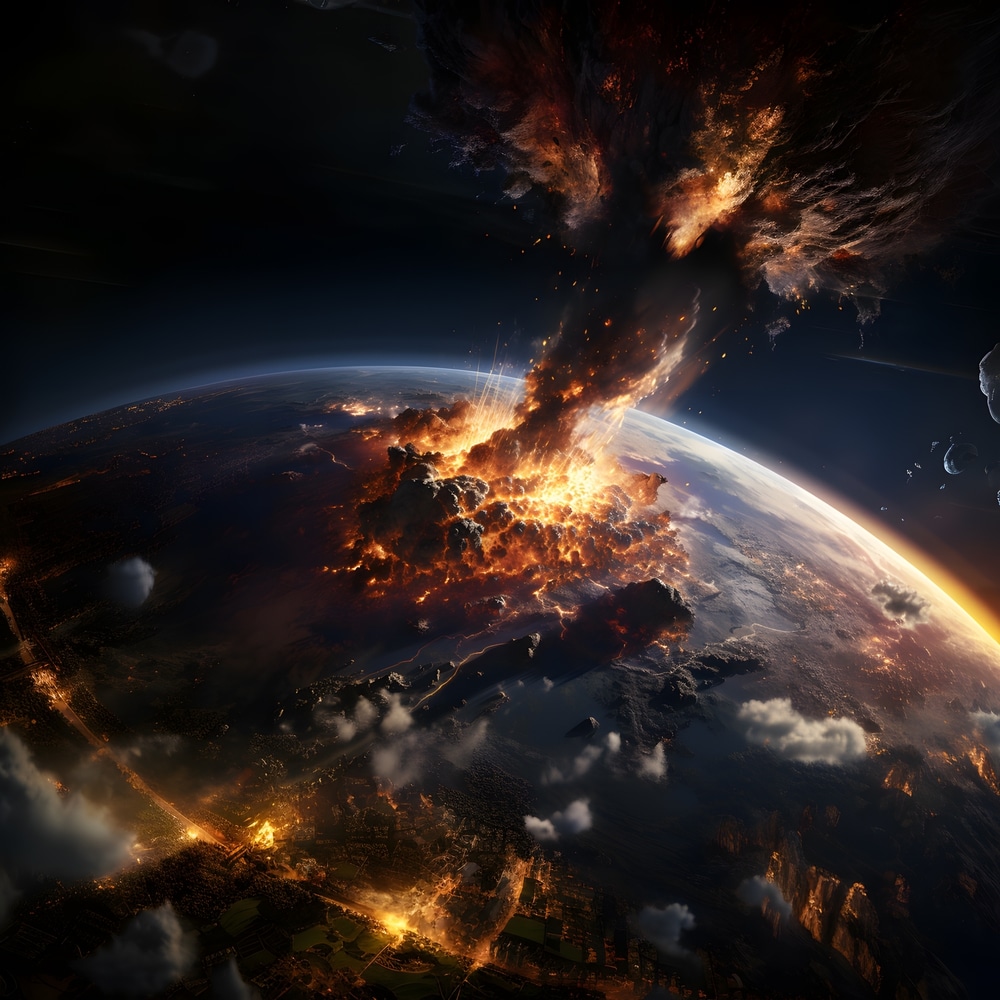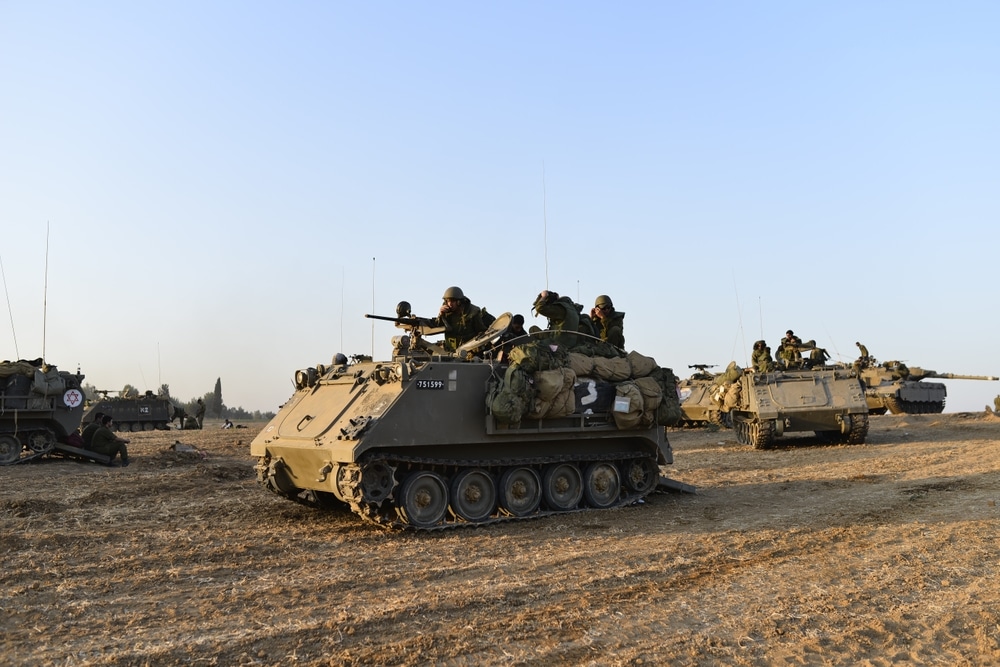(NG) – After being shaken by 15 months of increasingly disruptive earthquakes, including about 50,000 in the past three weeks, Iceland’s Reykjanes Peninsula is finally experiencing the volcanic eruption that many geologists suspected was on its way.
After nearly 800 years without an eruption, this southwestern strip of the country is experiencing lava flows that experts say have been a long time coming. On Friday, March 19, at around 8:45 p.m. local time, molten rock breached the surface in a valley near a flat-topped mountain named Fagradalsfjall, in the region of Geldingadalur, six miles from the nearest town.
Incandescent spatter erupted along a crack in the earth, scorching the soil as small lava fountains illuminated the dark landscape. The eruption involves a relatively small amount of lava confined to a series of valleys, making it unlikely that any population centers will be threatened.
This type of molten rock is very fluid and trapped gasses easily escape, and it’s not erupting into water or ice, so it won’t become especially explosive, generate a sustained ash plume, or fling any sizable volcanic blocks across the region. Scientists believe the eruption will persist for a few more days or weeks before fizzling out.
But this modest eruption could mark the beginning of something bigger. Evidence from both historical accounts and ancient lava flows shows that whenever this region has experienced a major uptick in seismic activity, intermittent eruptions followed for around 100 years. “The signs are that it’s reawakening,” says Dave McGarvie, a volcanologist at Lancaster University. READ MORE


















